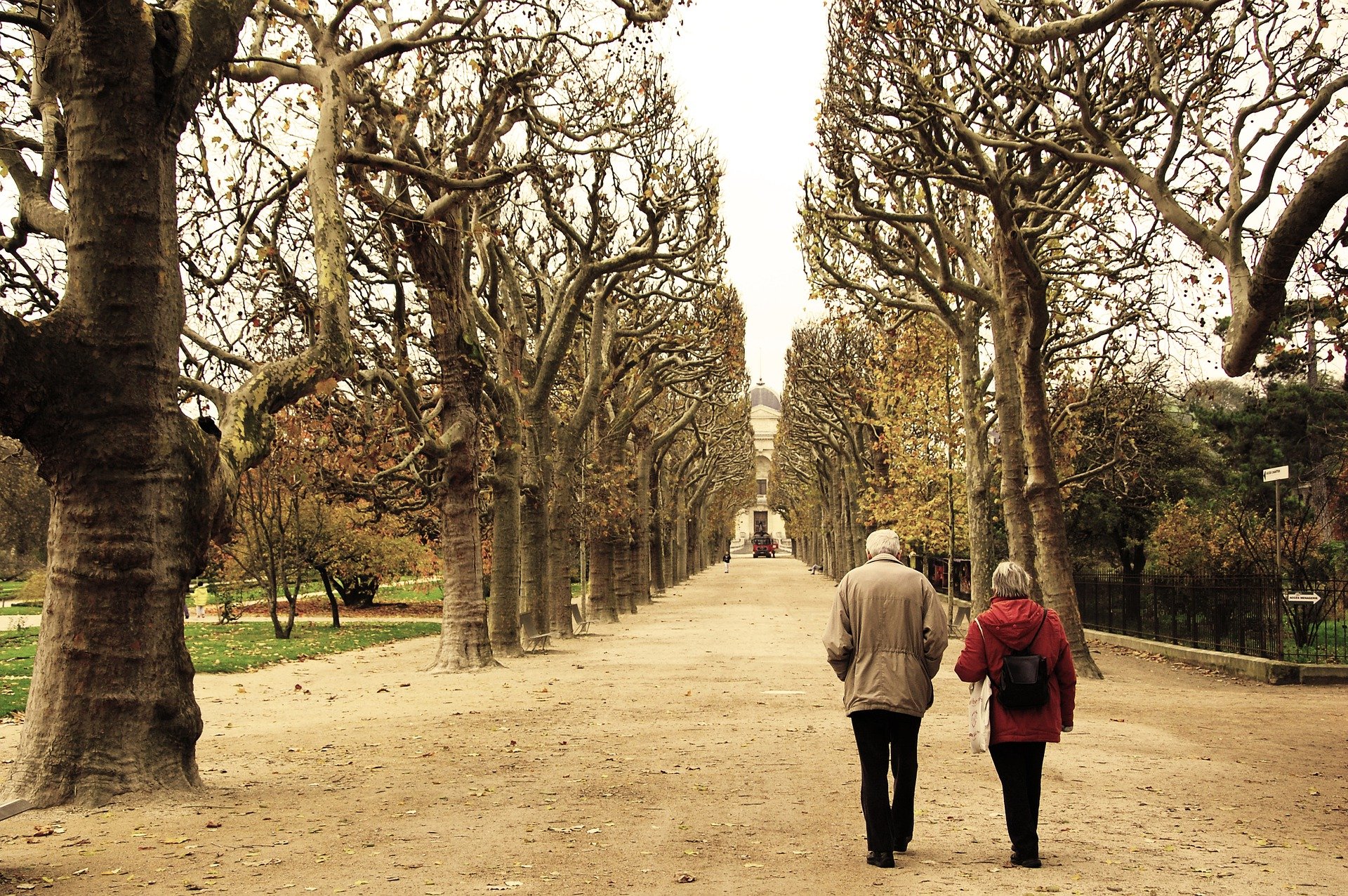Dr Carl-Philipp Jansen is a postdoctoral researcher at Robert-Bosch-Hospital Stuttgart and Heidelberg University, Germany. As a sports scientist, he is focused on physical activity and mobility in older adults. Dr Michael Schwenk is head of a junior research group on physical activity and exercise in older adults at the Network Aging Research (NAR) at Heidelberg University. Their latest research paper ‘Association between everyday walking activity, objective and perceived risk of falling in older adults’ was recently published in Age and Ageing.
Some people fall, some don’t. Some people are afraid of this event, some are not. Of course, no one is afraid of falling when sitting on a bench or lying on a sofa, but maybe they are when attempting to get there. Getting somewhere usually involves walking, and we do know that a large amount of falls occur during this activity. Still, walking (whether hiking or strolling) is one of the most popular and recommended ways to stay healthy and active, especially in older adults.
One question we asked ourselves was whether people with a high perceived risk of falling (or “fear of falling”) or a high objective risk of falling would walk less. Building on a classification of Kim Delbaere and colleagues (Sydney, Australia), we categorized people into one of the following four groups:
- The “vigorous” are those who have a low objective and low perceived risk of falling. They are not afraid of falling, and they actually do not need to be.
- The “aware” are those who have a high objective and high perceived risk. In other words, they are afraid of falling for a reason.
- The “anxious” have a low objective risk but a high perceived risk of falling. They are afraid of falling, but actually they do not need to be.
- The “stoic” have a high objective risk, but a low perceived risk. While they would have a reason to be afraid, they’re just not.
While in the first two groups objective and perceived risk are aligned, in the latter two they are disproportionate. It is especially this disparity which seems problematic, as those who have high objective risk may underestimate their actual risk or, on the contrary, those who have a low objective risk may restrict their walking activity due to ill-founded perceived risk.
The aim of our research was two-fold: first, to investigate how many steps per day people in these groups take. Second, to determine which of the two “disproportionate groups” differs more from the ‘vigorous’ group, to better understand the relation between objective vs. perceived risk and walking activity.
For this, we used activity monitors (activPALs) which we combined with activity diaries, so that we could precisely determine the amount of time participants were wearing the sensors. Fortunately, more than 97% of our 294 participants were able to follow this procedure and wore the monitors for at least six days.
We found that those with low objective risk took the fewest steps of all four groups (about 4,500), irrespective of their perceived risk; the “vigorous” took the most (about 6.300). The difference was around 1,500 steps when controlling for confounders, an amount which can be relevant for older adults’ health and function. Whereas in the group with high objective risk (“aware” and “stoic”) perceived fear did not really make a difference, there was a difference in steps per day between the “anxious” and the “vigorous”. This difference was not significant. For this reason, the ‘aware’ and ‘stoic’ are to be seen as high-risk groups for negative effects associated with low physical activity. To sum up, older people living in the community seem to behave in accordance with their objective risk rather than with their perceived risk of falling.
